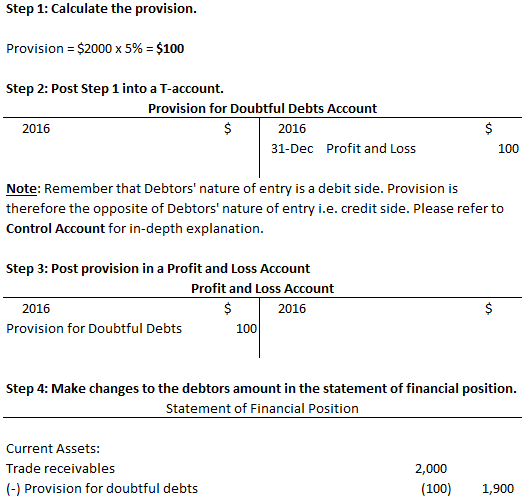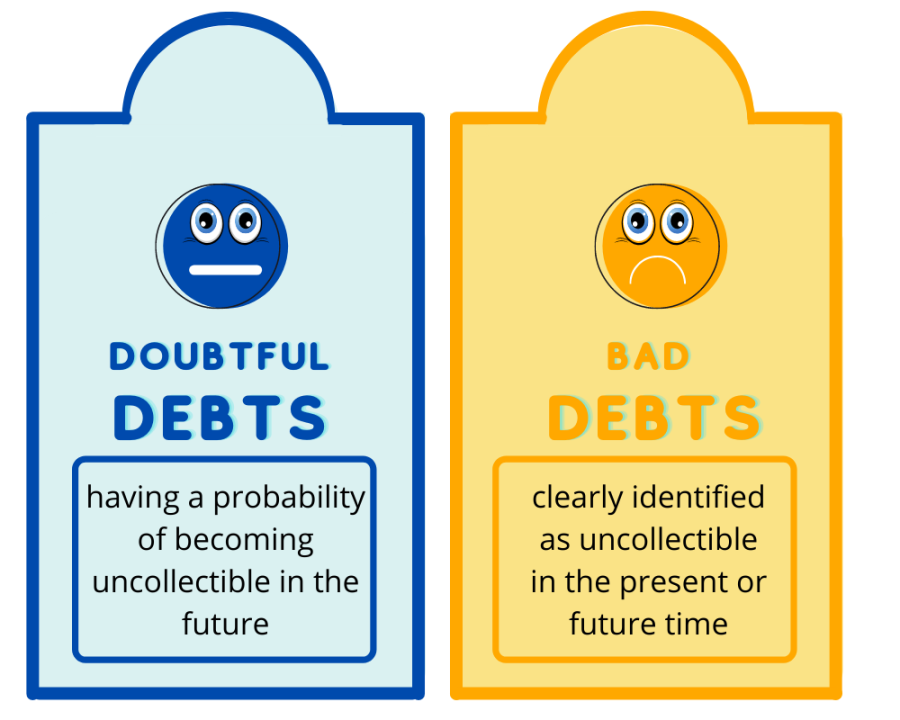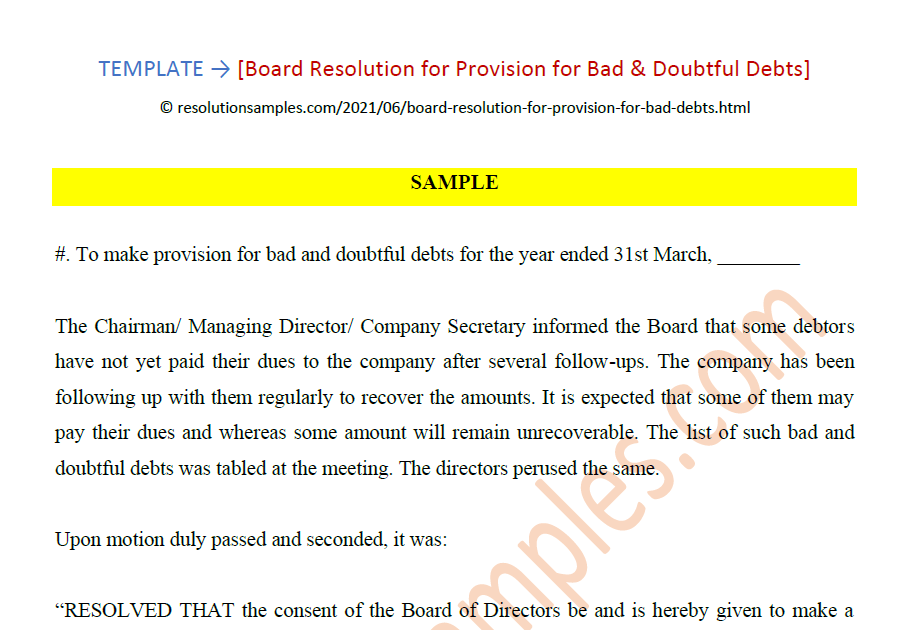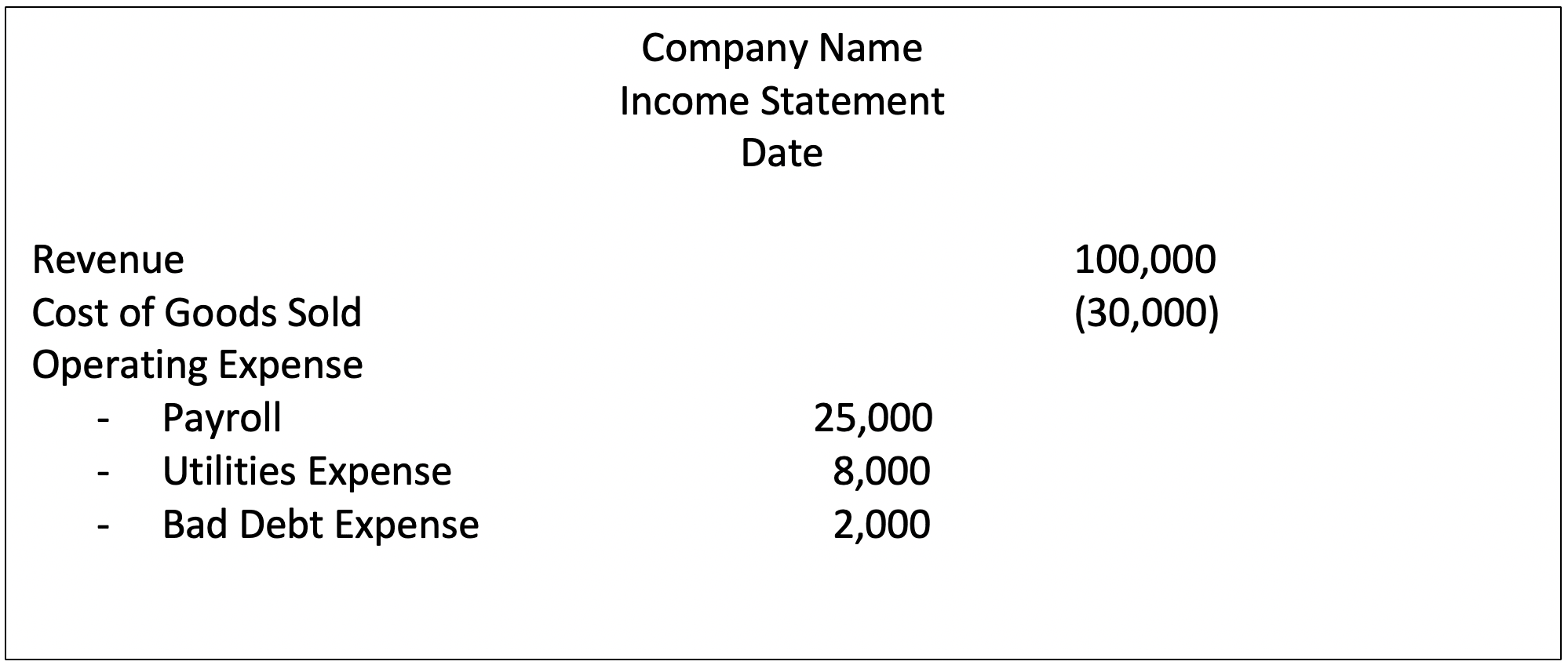Fabulous Info About Provision For Doubtful Debts And Bad Primerica Funds Performance

Creating a provision for doubtful debts for the first time.
Provision for doubtful debts and bad debts. When certain bad debts are to be written off and a provision for doubtful debts is to be made, the amount should be first debited against the existing balance of provision and. The following journal entry is made to record a reduction in provisions for bad or doubtful debts: Provision for bad and doubtful debt is a contra asset i.e it reduces the balance of an asset specifically the receivables.
Provision is created out of profits of the current accounting period to reduce the amount of loss that may take place in the future. The provision for bad debts could refer to the balance sheet account also known as the allowance for bad debts, allowance for doubtful accounts, or allowance for. When you eventually identify an actual bad debt, write it off (as described above for a bad debt) by debiting.
Provision for doubtful debts, on the one hand, is shown on the debit side of the profit and loss account, and on the other hand, is also shown as a deduction from debtors on the. The allowance method requires you to create a bad debt provision against doubtful debts. Doubtful debts are invoices that are included in accounts receivable but are not.
The debit in the transaction is to the bad debt expense. The argument behind provision for bad debt is that at the end of the financial period, some of the debtors may not be able to pay. A provision for doubtful debts of 10% is to be created.
Bad debts and provision for doubtful debts. So, if this is the case, when they default, the organization will not be in a position to capture such an eventuality hence it will not reflect in. This estimate is called the bad debt provision or bad debt allowance and is recorded in a contra asset account to the balance sheet called the allowance for credit.
Increase in provision for doubtful debts. A provision for bad and doubtful. If provision for doubtful debts is the name of the account used for recording the current period's expense associated with the losses from normal credit sales, it will appear as an.
A provision for a bad debt account holds an amount, in addition to the actual written off bad debts during a year, that will be known to be due and payable in. The difference between the treatment of a bad debt and a specific allowance for doubtful debt is that in the latter case, the receivable ledger of the specific debt is not removed in. The provision for doubtful debts is also known as the provision for bad debts and the allowance for doubtful accounts.
When an entity executes transactions of sales on a credit.












:max_bytes(150000):strip_icc()/Allowance_For_Doubtful_Accounts_Final-d347926353c547f29516ab599b06a6d5.png)





